-
- All
- Introduction
- Patents
- Copyright
- Trademarks
- Trade Secrets
- A - An Overview of Patent Rights
- B - What Can Be Patented
- C - Obtaining a Patent
- D - Patent Inventorship and Ownership
- E - Design Patents
- F - Patent Infringement and Litigation
- A - What Copyright Protects
- B - Copyright Ownership
- C - Avoiding Copyright Infringement
- A - Obtaining Trademark Protection
- B - Clearing Your Company or Product Name
- C - Using Trademarks of Others
- A - Protecting Your Trade Secrets
- B - Avoiding Infringing Others' Trade Secrets
-
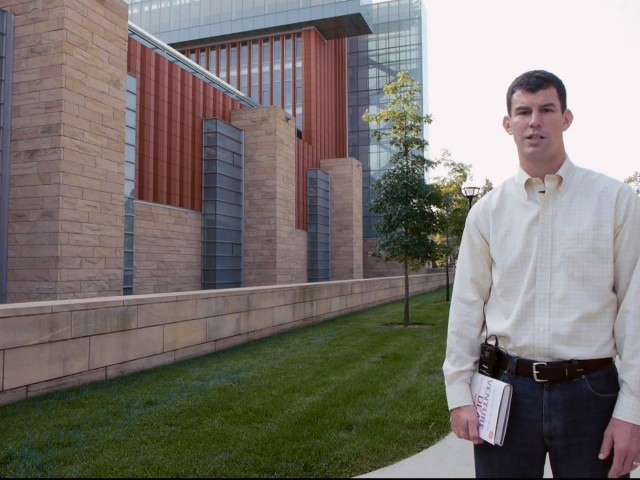 01 – Overview of startup intellectual property issues
01 – Overview of startup intellectual property issues -
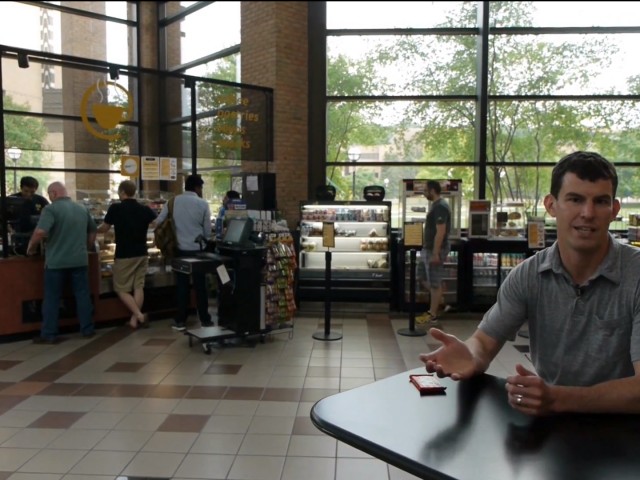 02 – Overview of categories of intellectual property
02 – Overview of categories of intellectual property -
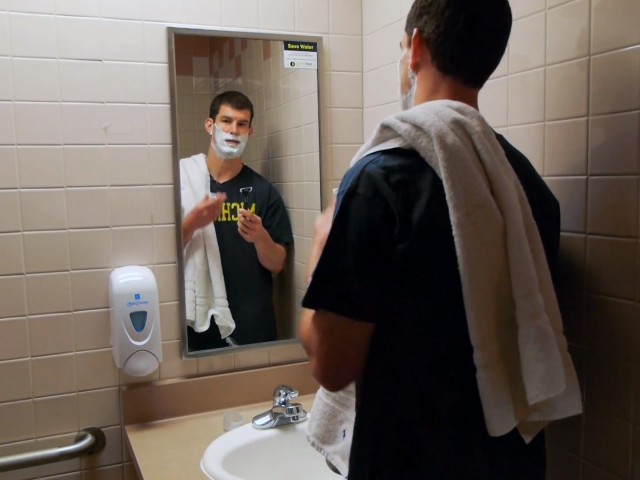 03 – Overview of patent system
03 – Overview of patent system -
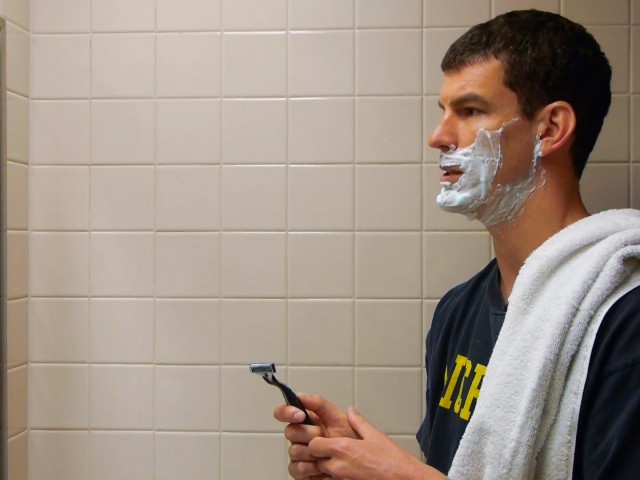 04 – Patent remedies and why to patent
04 – Patent remedies and why to patent -
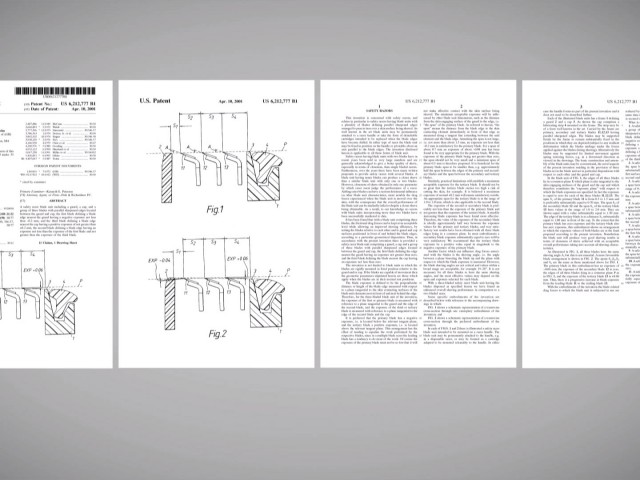 05 – Anatomy of a patent
05 – Anatomy of a patent -
 06 – What are patent rights?
06 – What are patent rights? -
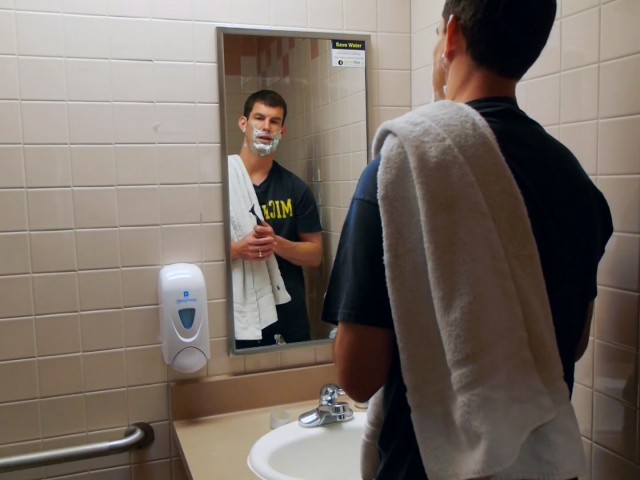 07 – Patent term – How long does a patent last?
07 – Patent term – How long does a patent last? -
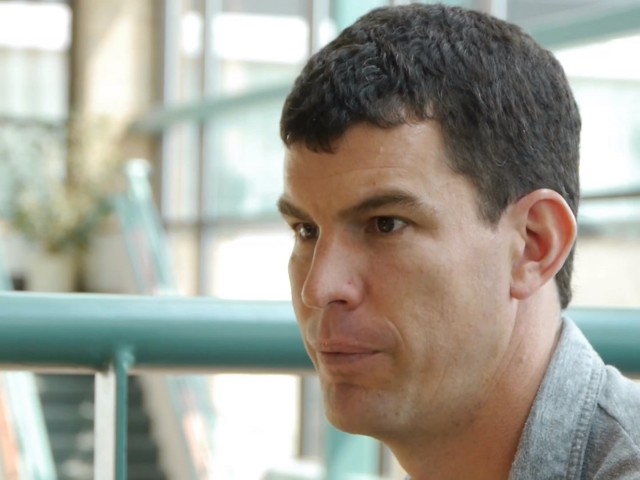 08 – Patentability and eligibility overview
08 – Patentability and eligibility overview -
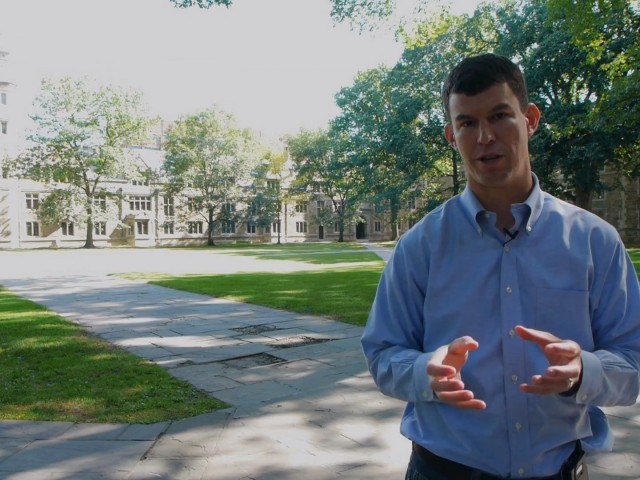 09 – Patent eligibility – What inventions are eligible for patent protect?
09 – Patent eligibility – What inventions are eligible for patent protect? -
 10 – Patentability: Novelty
10 – Patentability: Novelty -
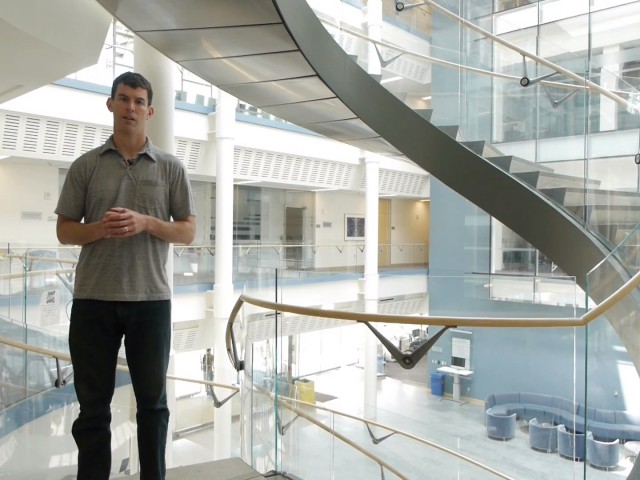 11 – What is Prior Art?
11 – What is Prior Art? -
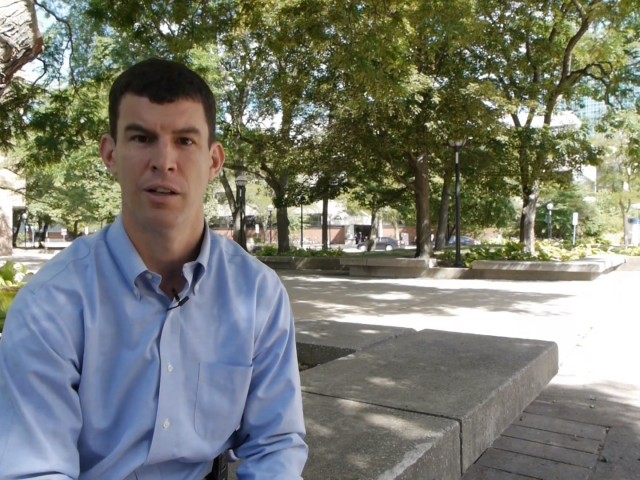 12 – Patentability: Obviousness
12 – Patentability: Obviousness -
 13 – Patentability: Written description and enablement
13 – Patentability: Written description and enablement -
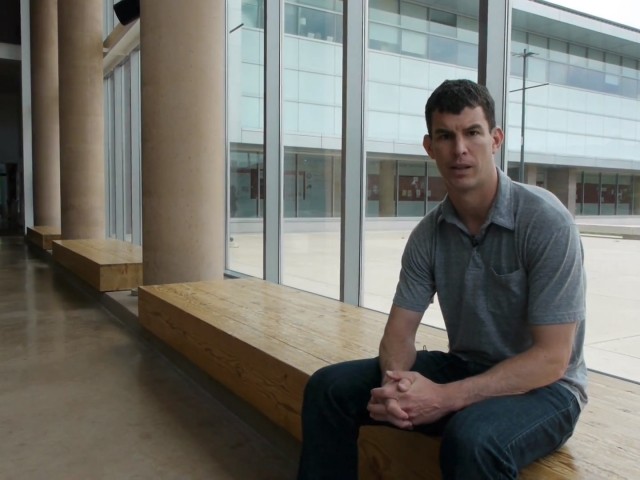 14 – Public Disclosure Issues
14 – Public Disclosure Issues -
 15 – Patent application process
15 – Patent application process -
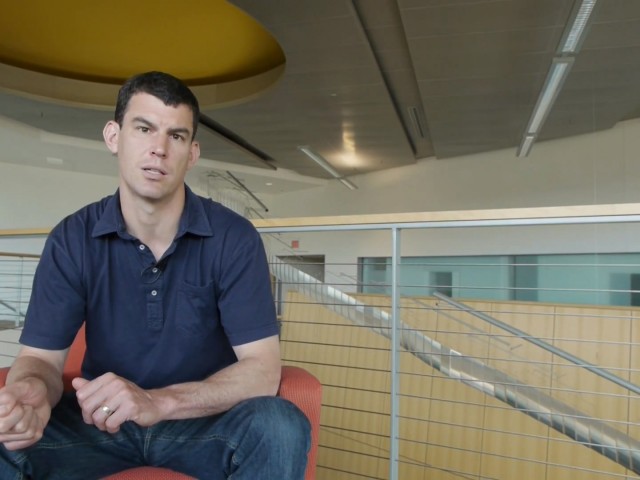 16 – Provisional patent applications
16 – Provisional patent applications -
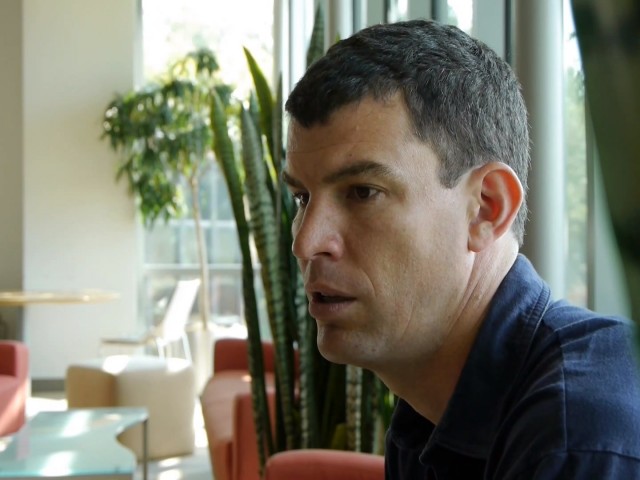 17 – Selecting a patent attorney
17 – Selecting a patent attorney -
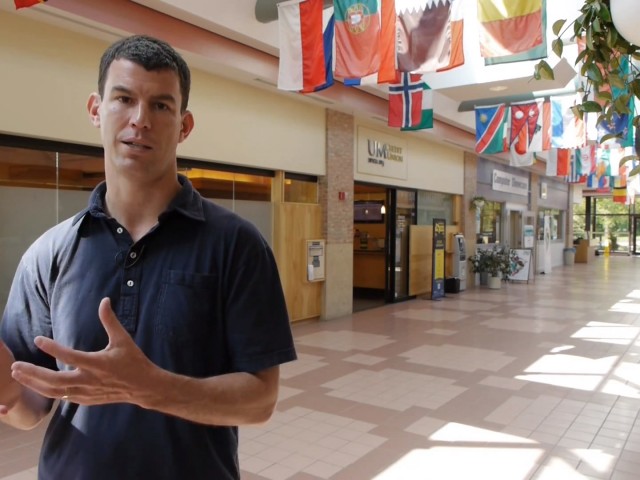 18 – International patent protection
18 – International patent protection -
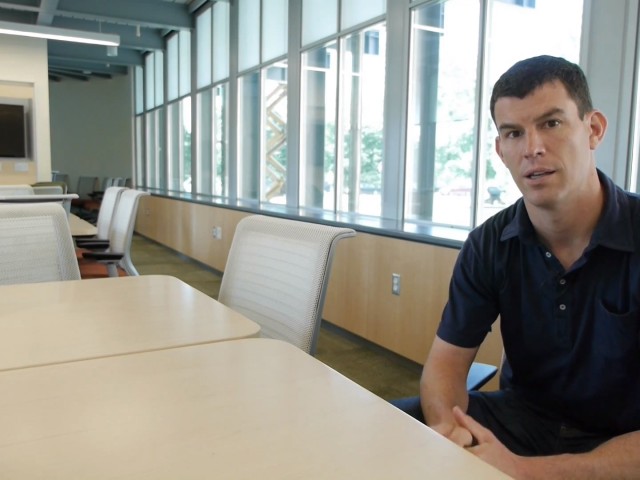 19 – Continuation patents
19 – Continuation patents -
 20 – Invention reporting: mining for inventions
20 – Invention reporting: mining for inventions -
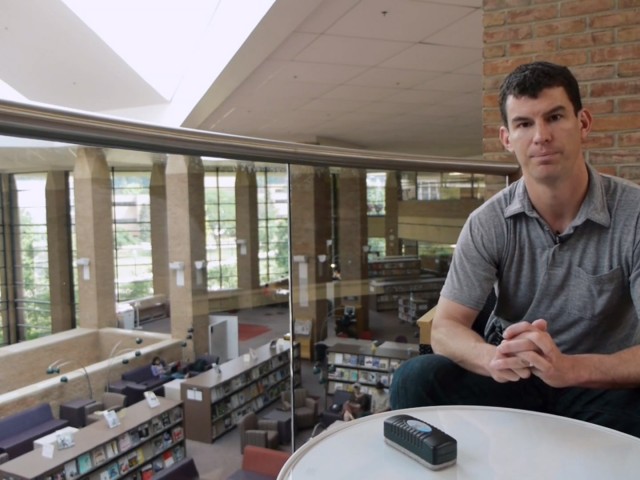 21 – Patent inventorship
21 – Patent inventorship -
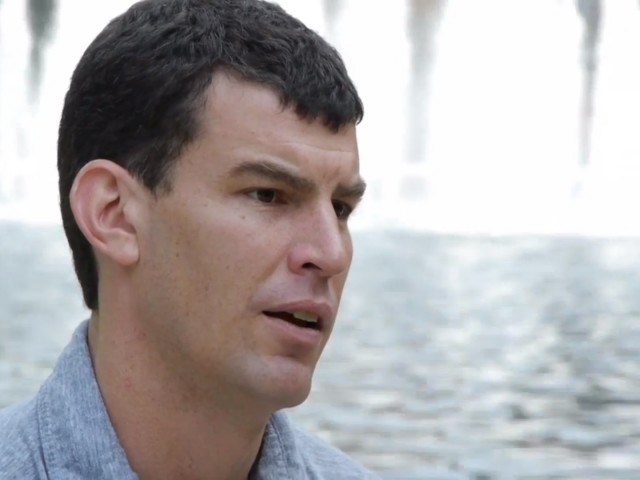 22 – Joint inventorship
22 – Joint inventorship -
 23 – Joint ownership
23 – Joint ownership -
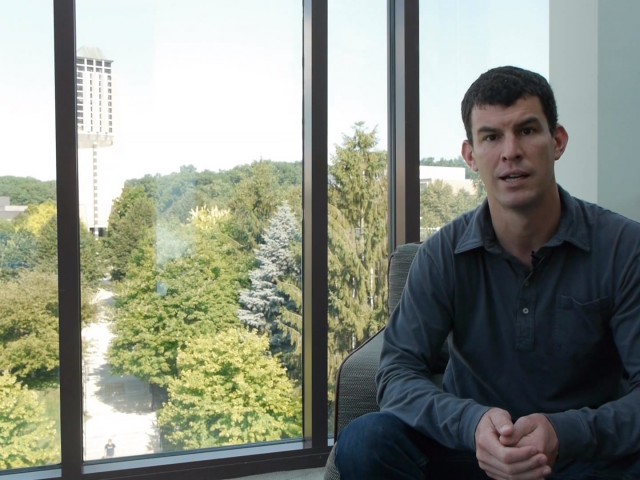 24 – Patent ownership
24 – Patent ownership -
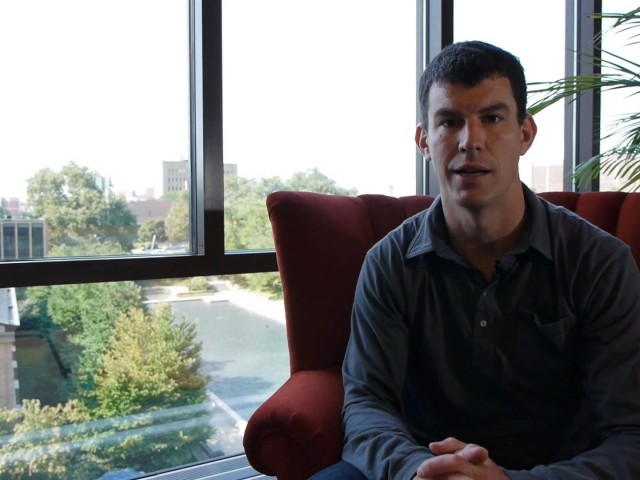 25 – Patent licensing
25 – Patent licensing -
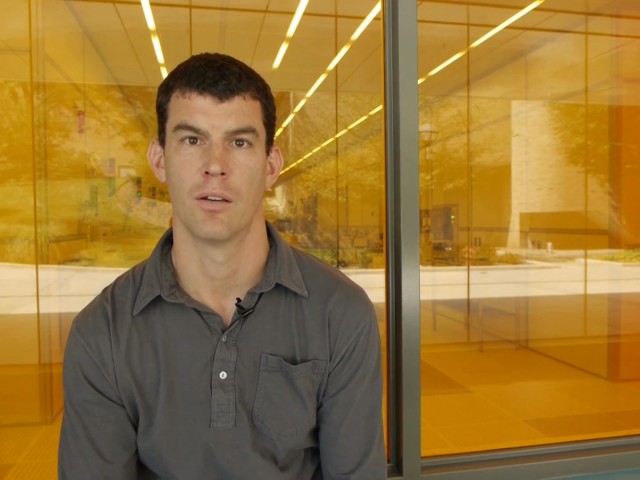 26 – University tech transfer
26 – University tech transfer -
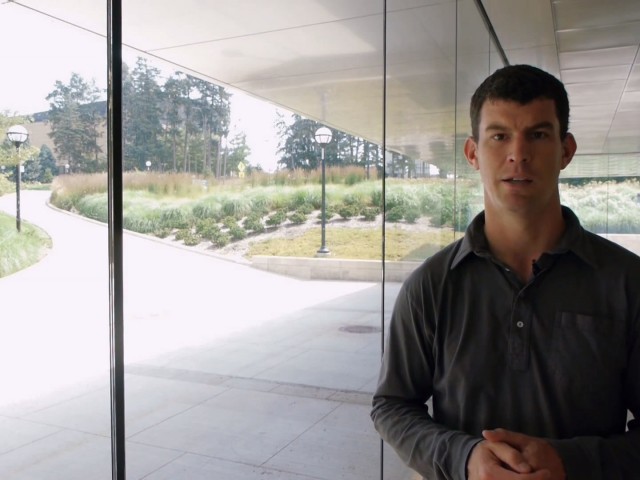 27 – Past employment issues
27 – Past employment issues -
 28 – Overview of design patents
28 – Overview of design patents -
 29 – Enforcing patent rights
29 – Enforcing patent rights -
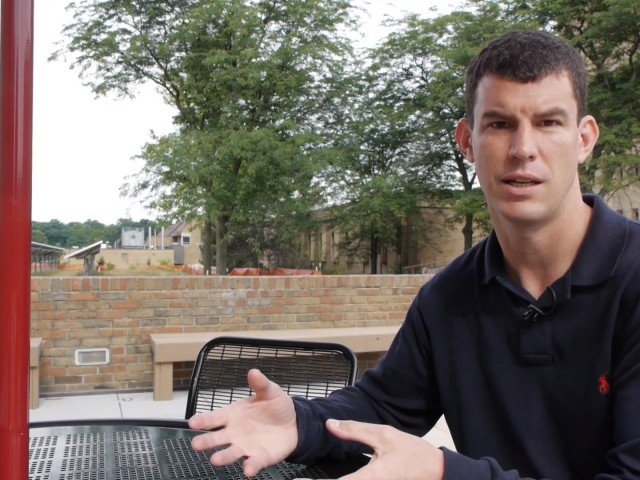 30 – Freedom to operate
30 – Freedom to operate -
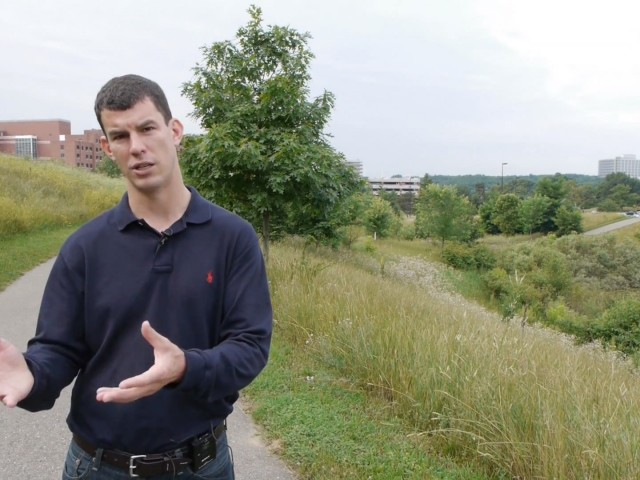 31 – Claim construction and claim charts
31 – Claim construction and claim charts -
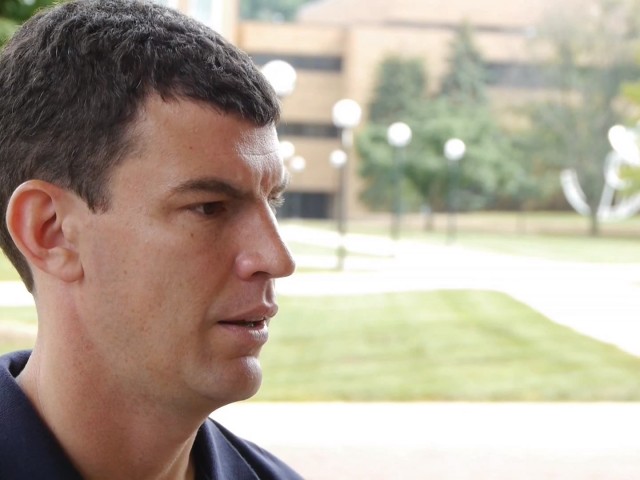 32 – Designing around the patent of another
32 – Designing around the patent of another -
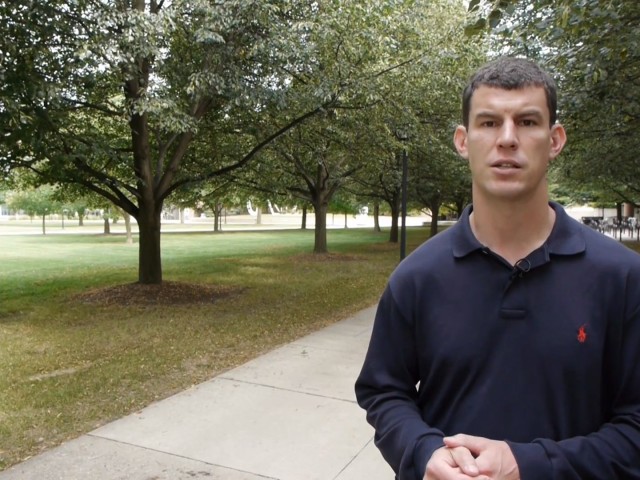 33 – Defending Against Patent Assertion
33 – Defending Against Patent Assertion -
 34 – The Concept of Willful Infringement
34 – The Concept of Willful Infringement -
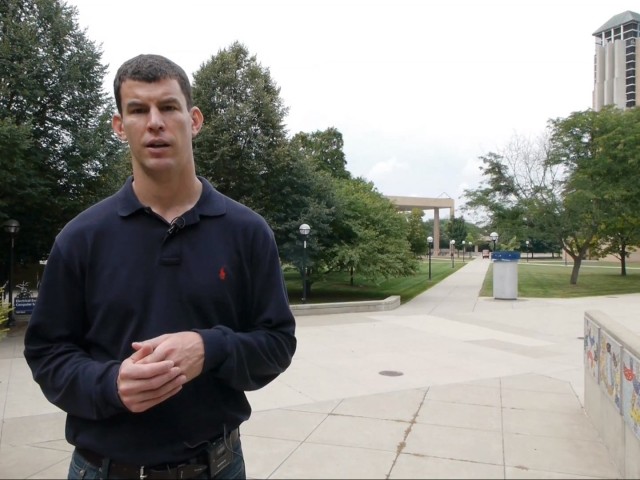 35 – Invalidating third party patents
35 – Invalidating third party patents -
 36 – Retaining patent litigation counsel
36 – Retaining patent litigation counsel -
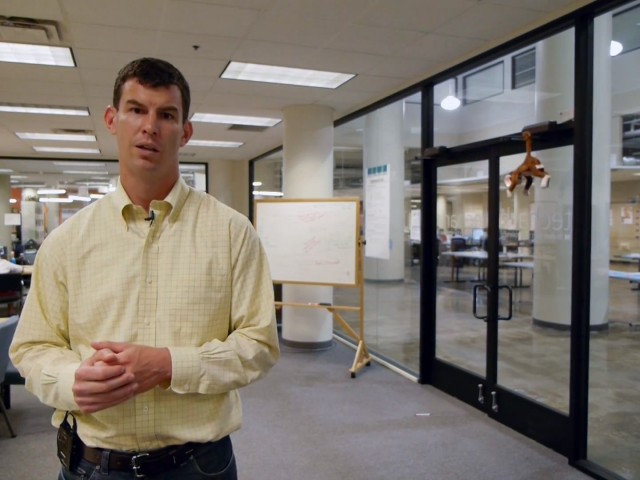 37 – Copyright Overview
37 – Copyright Overview -
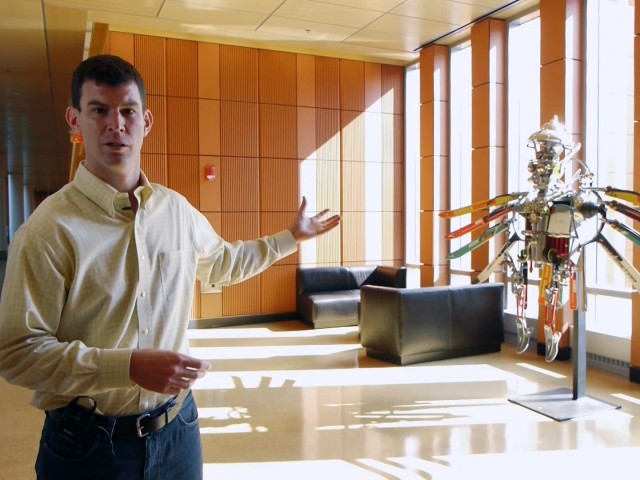 38 – Idea/Expression
38 – Idea/Expression -
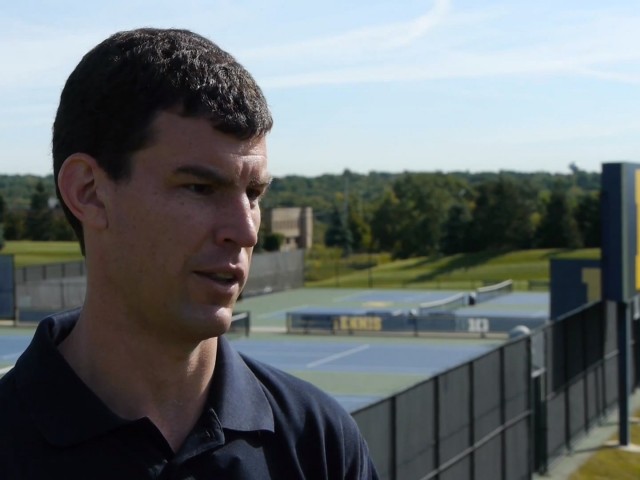 39 – Copyright registration
39 – Copyright registration -
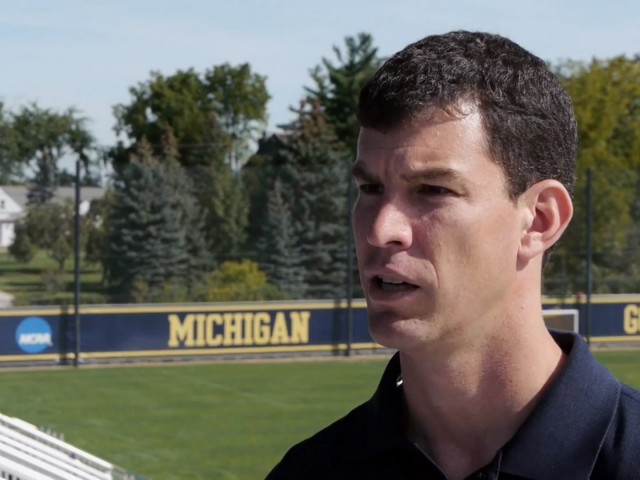 40 – User interface issues
40 – User interface issues -
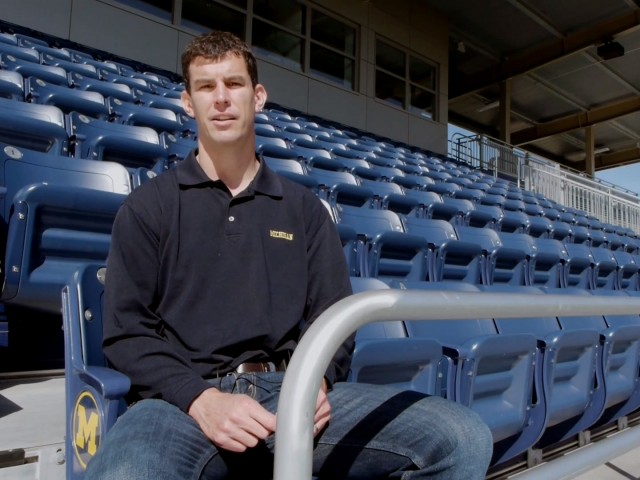 41 – Software: patents v. copyrights
41 – Software: patents v. copyrights -
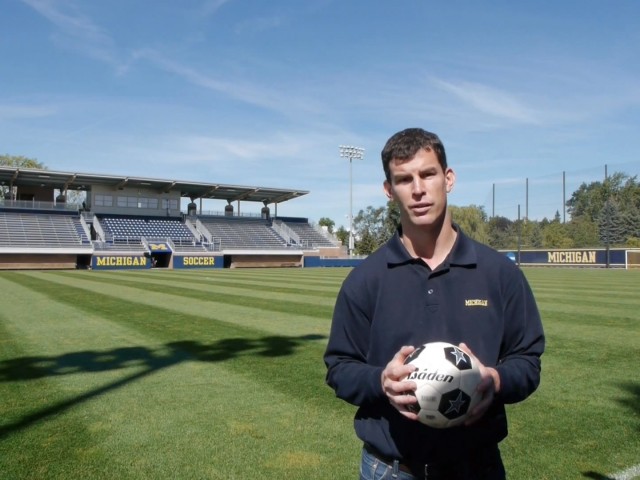 42 – Works for hire
42 – Works for hire -
 43 – Joint Authorship & Joint Ownership of Copyrighted Works
43 – Joint Authorship & Joint Ownership of Copyrighted Works -
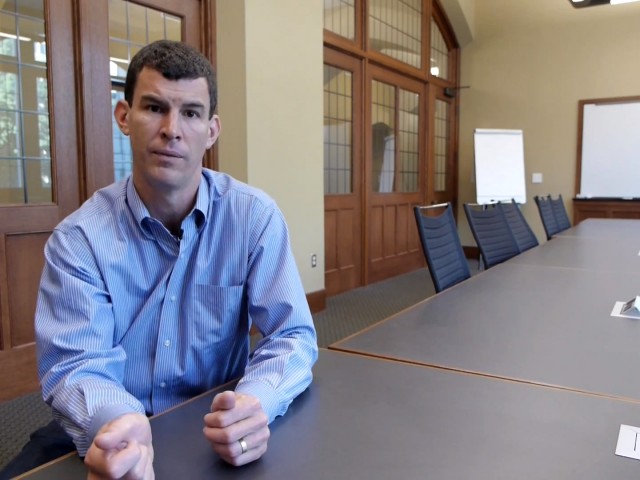 44 – Difference Between Copyright Authorship & Patent Inventorship
44 – Difference Between Copyright Authorship & Patent Inventorship -
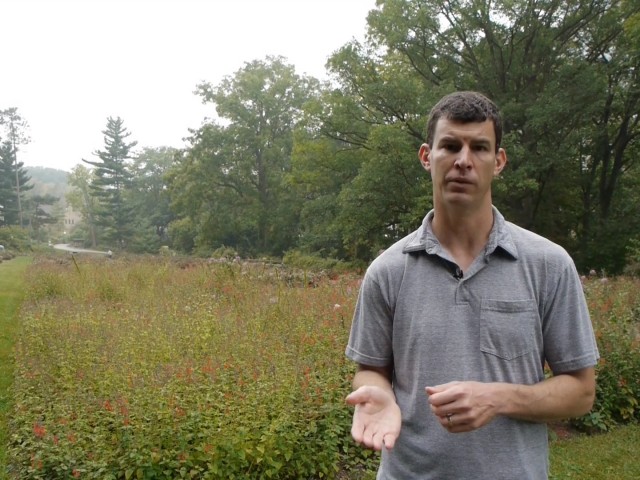 45 – Fair use for Copyright
45 – Fair use for Copyright -
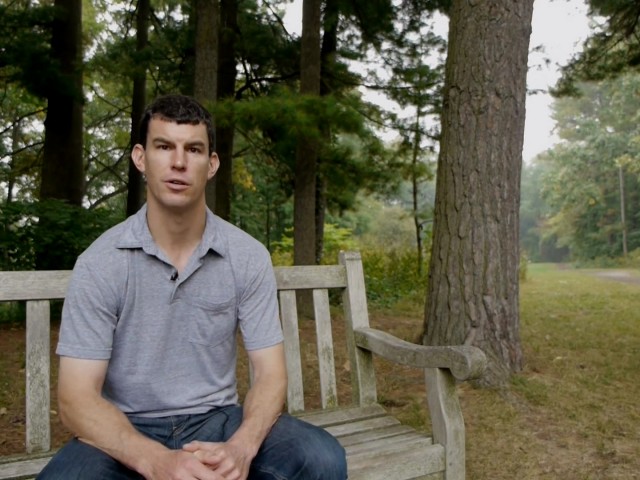 46 – Open source software
46 – Open source software -
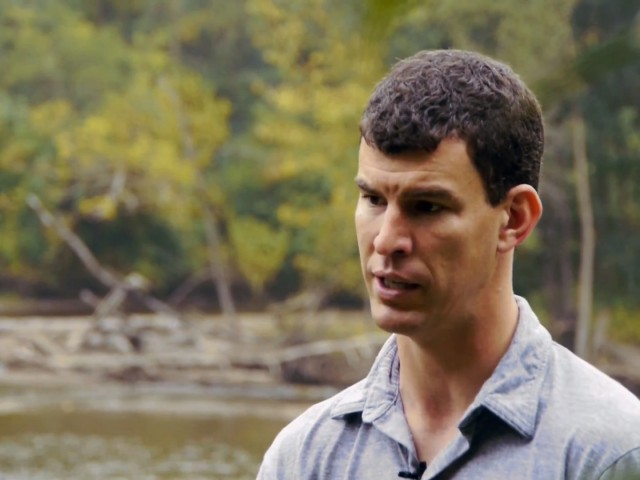 47 – Reverse Engineering Software Technology
47 – Reverse Engineering Software Technology -
 48 – User generated content and DMCA takedowns
48 – User generated content and DMCA takedowns -
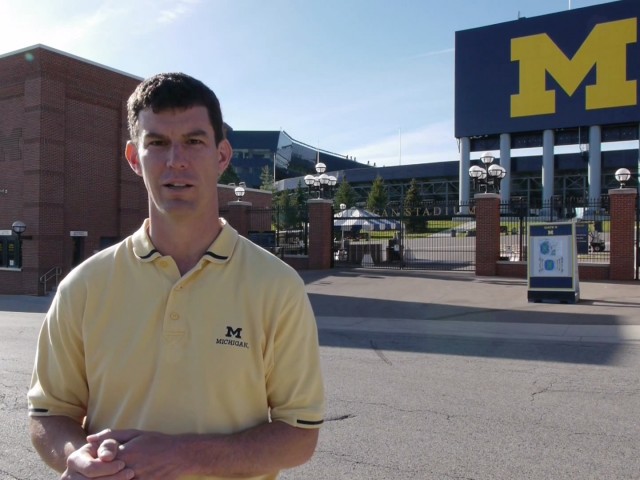 49 – Trademark overview
49 – Trademark overview -
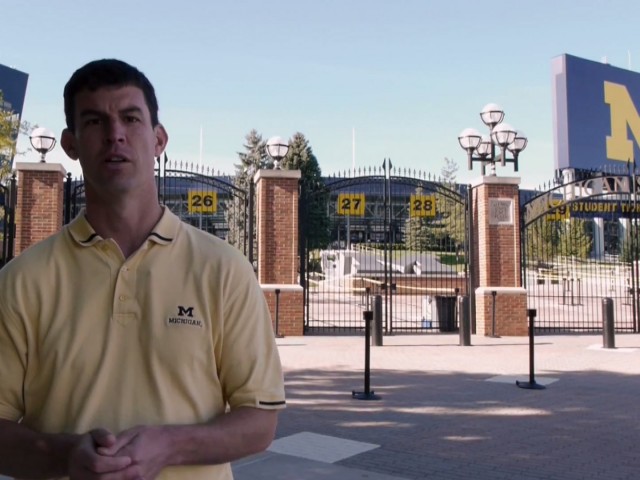 50 – Trademark Notice & Trademark Registration
50 – Trademark Notice & Trademark Registration -
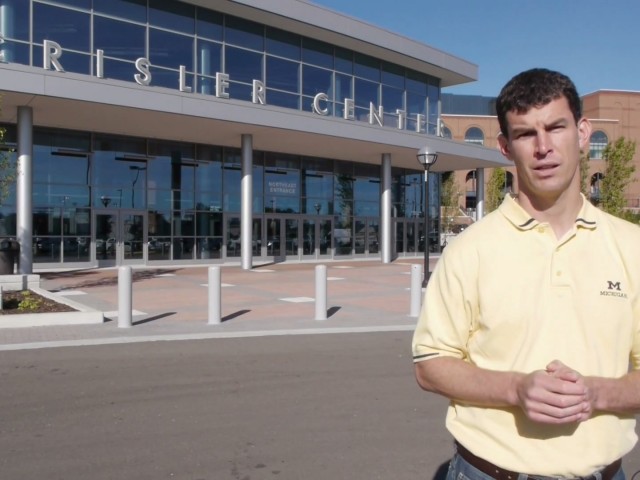 51 – Distinctiveness: selecting a strong Trademark
51 – Distinctiveness: selecting a strong Trademark -
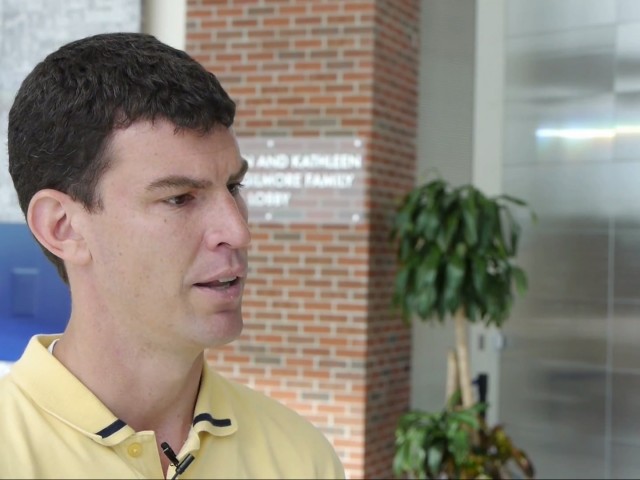 52 – Performing an initial trademark clearance
52 – Performing an initial trademark clearance -
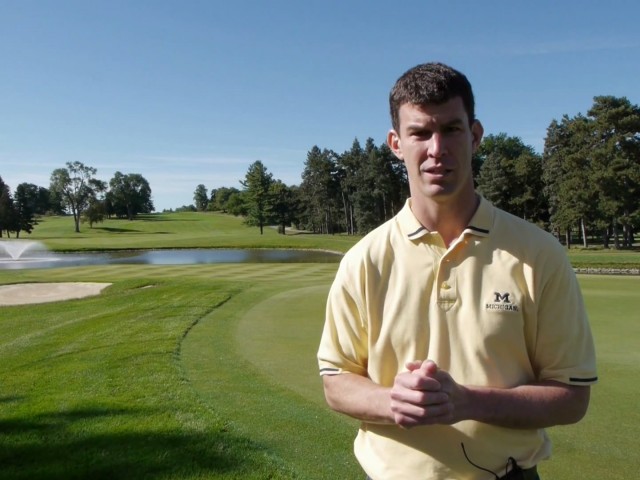 53 – Likelihood of confusion
53 – Likelihood of confusion -
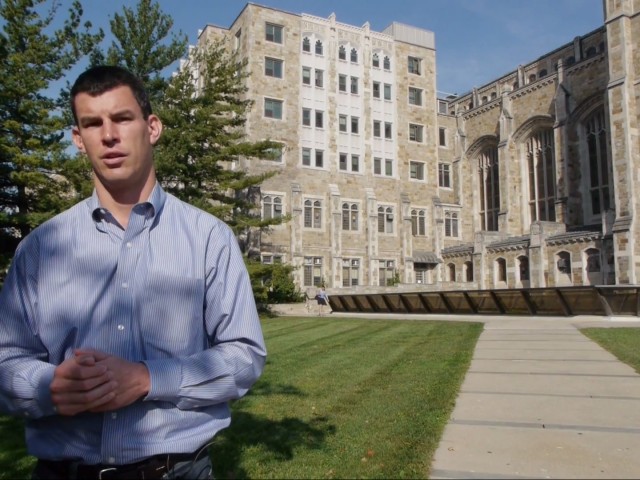 54 – Nominal and fair use
54 – Nominal and fair use -
 55 – Intermediate trademark uses
55 – Intermediate trademark uses -
 56 – Overview of trade secrets
56 – Overview of trade secrets -
 57 – Trade secret policies
57 – Trade secret policies -
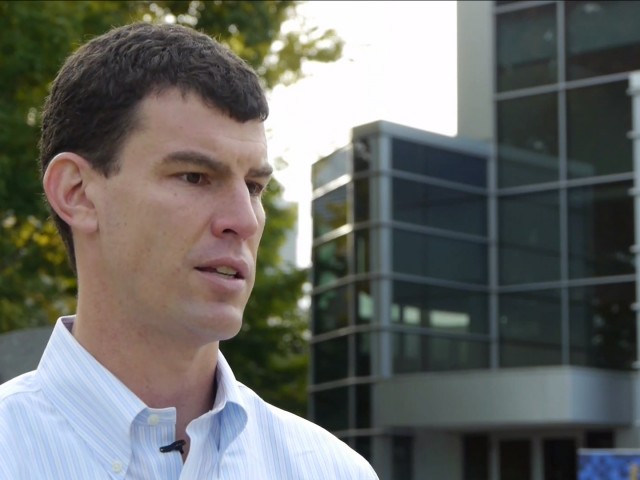 58 – Enforcing trade secrets
58 – Enforcing trade secrets -
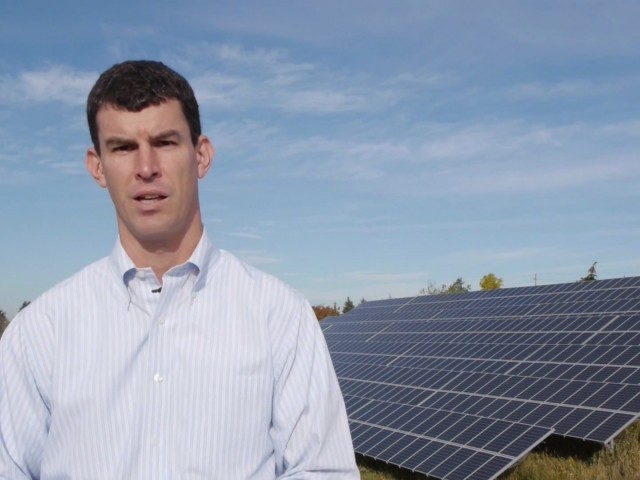 59 – Disclosing secrets under nondisclosure agreements
59 – Disclosing secrets under nondisclosure agreements -
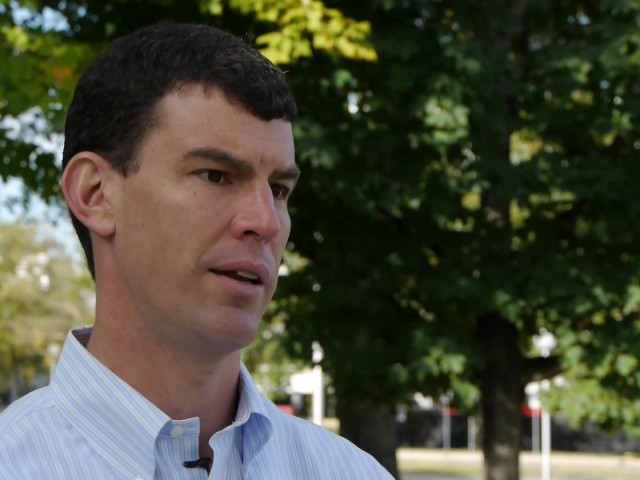 60 – Hiring personnel
60 – Hiring personnel -
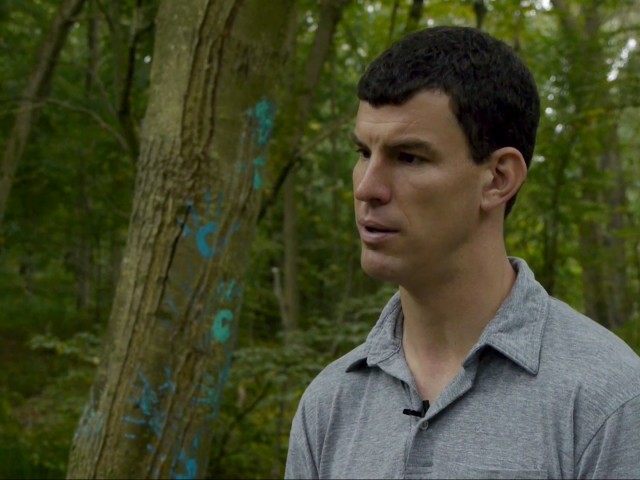 61 – Noncompete agreements
61 – Noncompete agreements -
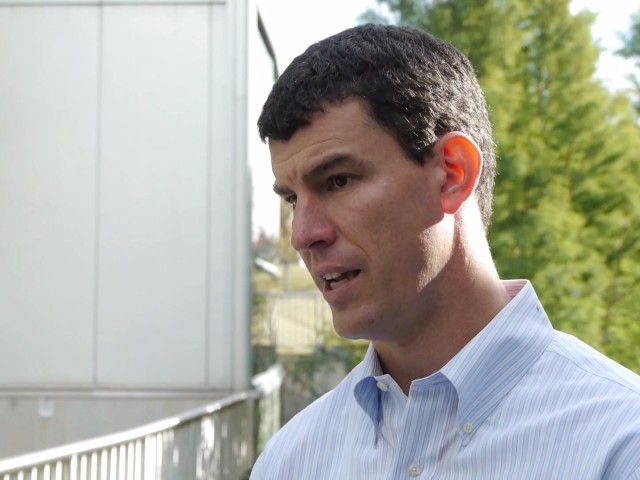 62 – Obtaining information pursuant to nondisclosure agreements
62 – Obtaining information pursuant to nondisclosure agreements

